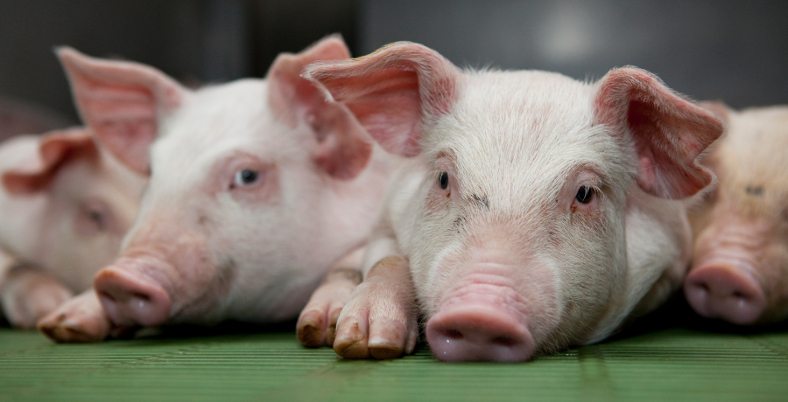Eu Gm Policy: Is the Eu Serious About Continuing to Produce Pigs?

IFA National Pigs and Pig Committee Chairman Tim Cullinan called a high level meeting of Teagasc and UCD pig feed research and advisory specialists as well as the main nutritionists and input traders that supply compound feed and ingredients to the pig industry in Portlaoise last week.
Mr. Cullinan said, “The unprecedented volatility in feed markets is causing serious financial losses on Irish pig farms. Pig prices should be increasing with input prices, but this is simply not happening fast enough. Everyone in the chain upstream and downstream from the pig farm appears to have a margin except the pig producer. All the while the EU is not making progress to help the industry by approving the novel feedstuffs that we so desperately need to reduce costs. New varieties are being planted around the world while we are at a standstill unable to import them due to political upheaval on the subject without any scientific basis.”
Professor John O Doherty, UCD said that feed is the greatest single cost factor (70%) in pig production. “In pig diets, energy accounts for the largest proportion of the cost (82%) and it is critically important that the energy content of a diet is characterized in the best possible way. Net energy has been proposed as a superior system that describes the feed energy a pig actually uses. However, NE is much more difficult to determine and more complex than DE, which may be a reason why it is not as widely used as it should be. Currently, only France, The Netherlands and Germany have developed net energy systems to describe dietary net energy contents.”
“Ultimately the consequence for diet formulation is that rations formulated under the NE system will be lower in protein, because the cost/MJ energy prohibits the inclusion of a large amount of soya bean or rape seed meal, and favours the inclusion of free amino acids. At the same time, choosing ingredients with a low cost of energy will reduce the cost of a mixed diet by as much as 5% during the grower and finisher phases,” O Doherty claimed.
It was also discussed at the meeting that a trend has developed in trading of cereals in the past few years where up to 30% of cereals are traded by cereal farmers before the planting actually takes place. Thereafter this product can be traded up to seven times before reaching an end user.
Mr. Cullinan said, “Currently it can be assumed that each transaction is creating a profit for traders while producers at the end of the chain are unable to buy feed at a cost that will covered by the price of pigs. Irish pig feed prices can be up to €30/tonne more expensive than that used on the continent. The feed industry must focus on where a reduction in the cost of feed can be achieved for Irish producers.”
Due to the downturn in the world economy and the increase in demand for food worldwide this serious volatility in commodities has become a factor that must be contended with by all in the industry. The advice coming from the feed industry was that pig farmers need to take longer positions in the market.
“However all elements of the pig production chain need to realise that this volatility will feed right through should more pig farmers go out of business with the result of meat becoming scarce and less need for feed,” Cullinan concluded




